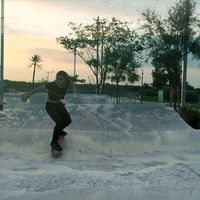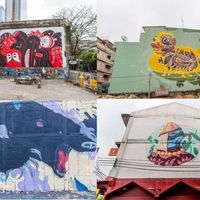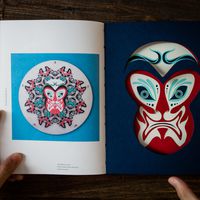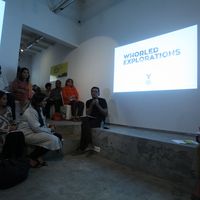Myanmar Art Resource Center and Archive | A conversation with Nathalie Johnston
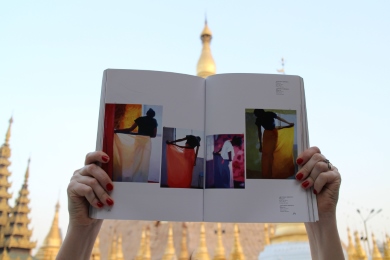 As part of the series By People/In Cities, ASEF culture360 contributor David FERNÁNDEZ interviews Yangon-based art historian and curator Nathalie Johnston, Founder of Myanmar/Art & Myanmar Art Resource Center and Archive (MARCA).
As part of the series By People/In Cities, ASEF culture360 contributor David FERNÁNDEZ interviews Yangon-based art historian and curator Nathalie Johnston, Founder of Myanmar/Art & Myanmar Art Resource Center and Archive (MARCA).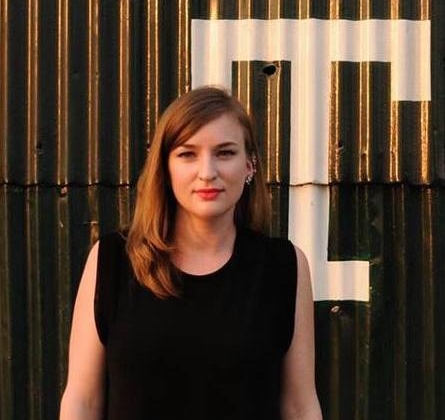
David FERNÁNDEZ: What motivated you to start researching and documenting contemporary arts in Myanmar?
Nathalie JOHNSTON: I travelled to Myanmar at 13 years old with my family. I was deeply impacted by the situation there. I remember seeing a boy not much older than I was in a military uniform. My mother worked at Radio Free Asia in Washington DC so I was well aware of Aung San Suu Kyi and the country’s struggle for democracy.
Having spent part of my childhood living in China, moving to Asia after university was a natural move. 4 years later, I was in Singapore pursuing a Master’s degree at the very unorthodox programme in Southeast Asian Contemporary art history, run by Sotheby’s Institute.
Truly what brought me back was the Masters programme in Singapore, which focused on the region but left a glaring gap where Myanmar should have been. Nobody knew much about the art scene there, so we didn’t cover it. When I found that out, I bought a plane ticket to Yangon to see for myself.
DF: What did you set out to achieve when you founded Myanmar Art Evolution (Myanmart)? How did this idea shape and was made possible?
NJ: With Myanmart, I really just wanted to get some information onto the Internet about all the incredible projects these artists were producing. In spite of a very isolated cultural scene, multiple generations of artists were creating a creative ecosystem all their own.
There was hardly any research to be found, and what was in existence was no longer updated. Myanmart was founded as a blog, Twitter and Facebook account to share what was happening in the scene and some critical views about the outcomes.

DF: What about the Myanmar Art Resource Center and Archive (MARCA)?
NJ: MARCA was officially founded in 2013 - as a response to the Mobile Library grant conceived by Asia Art Archive. Myself and two artists from Myanmar - Zon Sapal Phyu and Khin Zaw Latt - put together a proposal to bring the Mobile Library – a collection of over 400 contemporary art books and resources from all over Asia – to Myanmar to encourage and help inspire the nascent art education curricula in schools and independent spaces. Artists were always talking about needing more resources so I thought this would be a good start.
DF: How have your aims/expectations changed since you founded Myanmar Art Evolution (Myanmart)?
NJ: So much has changed since the founding of Myanmart. The country itself has gone through rapid changes, and artists have adjusted their practices to those changes. There is more interest from the international community in what Myanmar artists are working on, and many have gotten the chance to exhibit and travel abroad.
Myanmart has evolved and has now become an exhibition space: Myanm/art, opening early next month in Yangon. It will operate under the same principles as the original online media, but in addition, it will offer a reading room, gallery and exhibition space. This seems to be the way for Myanm/art to continue to be relevant and help local artists and other interested parties alike. The gallery will help to promote and elevate the exposure of young and emerging artists, the exhibition space will be free for artists to use, and the reading room with host MARCA’s collection of books and records.
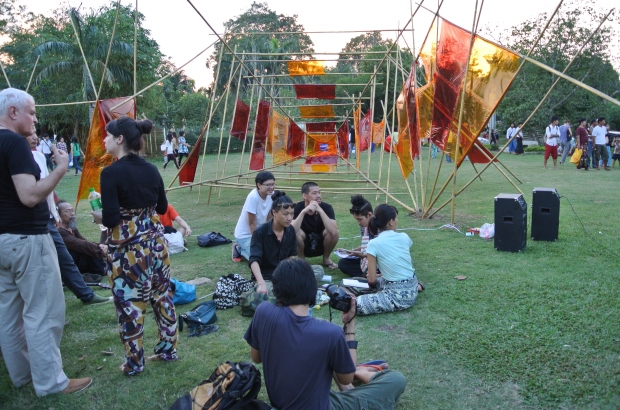
DF: How is the public in Myanmar reacting to the latest contemporary arts developments?
NJ: The street-level public – whether in the cities or villages – have always been open to contemporary art, even if they weren’t able to explain quite what it was or what it meant. I always believed that Myanmar’s deep-seated history in performance, protest, and tradition allows the public to embrace the bold, new styles.
That being said, much of what is considered art and culture is sanctioned by those in power, and therefore heavily focuses on distinctly Burmese (and often Buddhist) subject matter. It will be nice to see artists from different ethnic backgrounds and political leanings communicating with the public through art.
DF: While developing MARCA, have you recently encountered an artist or artwork that you felt strongly about?
NJ: MARCA has led me to examine recent art history more deeply, and my current research focuses on the 1950s and 60s. What intrigues me most about this era was the intimacy between cartoonists and painters, often one in the same, such as Win Pe, Paw Oo Thet, and Ba Yin Galay. I’m looking forward to researching and writing more about that.

There are two other artists who really stand out: Ma Thanegi – now better known as a historian and novelist, gifted MARCA its first small archival collection of exhibition invitations from the 1970s, a few of her own solo show catalogues included. It is a rare and wonderful glimpse into the very active Rangoon scene at that time, with a very influential woman co-organizing the movement.
Po Po – a contemporary artist working since the early 80s in conceptual and abstract work – gave a talk at one of MARCA’s Mobile Library events to students of the university of art and culture. He talked about art being more about thinking than feeling – which is the opposite of what many are taught here. * (The talk can be found on YouTube with subtitles in English)

DF: What are the most important focus points of your online platform?
NJ: To share and spread knowledge and understanding on an accessible level; to promote historical research on Myanmar; to include Myanmar in the greater conversation about Asian Art; and last but not least, to focus on recent history and memory through interviews, photographs, reviews and translations.
DF: What are your plans for the future of Myanmarart, do you have any specific goals you would like to attain in the future?
NJ: A major goal of mine would be to assist in the establishment of an art curriculum in schools, particularly at the Universities of Art and Culture, but also in independent spaces. There is a misconception in Myanmar that art education stops with studio classes in sculpture, painting, music and dance. But I would like to see lectures on design history, contemporary pop culture, photography and ceramic studios, archival research methods, art historical writing and so on. Just an expansion of and access to what already exists in society, but within the education system.
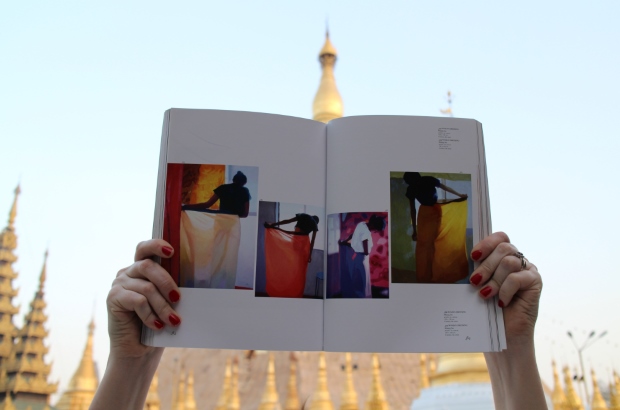
DF: What would you say has been the biggest thing that the development of Myanmart / MARCA have taught you about Myanmar?
NJ: That there is so much I have yet to learn. The more I dig, the more I realize how much work there is to be done. Understand as well that most of what I do involves English language and/or translation. We need more people from Myanmar taking up the challenge of discovery, analysis and documentation, especially in their own language.
Archiving and digital preservation is also important and urgently needed, but requires funding that has not yet been made available to those working in the creative field in Myanmar.
DF: What is Yangon's art & cultural scene like nowadays? How would you describe Yangon and its creative community?
NJ: Vibrant. Stubborn. Intellectual. Talented. Yangon brings together a mix of people from all over Myanmar. It is the capital of contemporary culture, where you can most easily find a job, get a good education and access the international community. This makes for a wonderful mix of culture. It also means a mixing of different ethnic backgrounds and religions, as well as generations. The creative community here is influenced by these elements as well as music and politics. The young people in Yangon today are going to single-handedly change the creative community – dispose of the old rules and make new and hopefully more innovative ones.
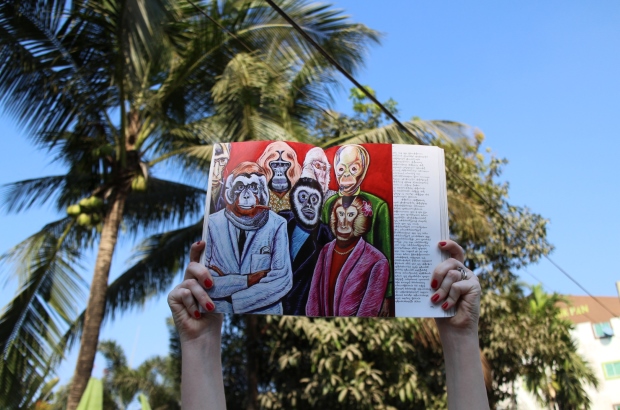
DF: Tell me more about any art-related curatorial / management programmes in Myanmar (if any) that look at capacity building in the sector?
When speaking about capacity building, there are three spaces/organizations that come to mind immediately. Pansodan Gallery, New Zero Art Space, and Beyond Pressure. Very different in their management and organizational styles, these organizations have a ripple effect in the art world in Myanmar. They do outreach, education, create curatorial opportunities and trainings, and invite the international experts in to work with them to develop their methods.
There are also many individuals and galleries who have had a huge impact. But there is always room for new people and groups to make their mark. Diversity of opportunity is what makes for a strong contemporary art scene.
To find out more about Myanmar Art Evolution or MARCA, please visit: http://myanmartevolution.com and http://myanmarca.org/.
David Fernández is a Spanish-born contributing writer based in Bangkok, Thailand. Currently working as freelance arts & cultural project manager and digital media consultant, he is also one of the co-founders of Cho Why multi-disciplinary project space. He previously co-founded Le Cool Bangkok arts & culture webzine and worked as content director. Formerly, he served as cultural attaché at the Embassy of Spain – Cultural Office in Bangkok.
Similar content
19 Jul 2016
30 Nov 2017



